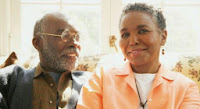
What To Do When You Have Trouble Remembering
FORGETFUL? Is it normal aging or a real problem? Learn 9 things you can do about it. Compare 5 serious memory problems against normal forgetfulness.

FORGETFUL? Is it normal aging or a real problem? Learn 9 things you can do about it. Compare 5 serious memory problems against normal forgetfulness.
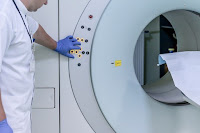
Spend time with Alzheimer’s patients and you quickly learn, “If you met one person with Alzheimer’s, you met one person with Alzheimer’s.” Each patient’s journey is unique. Researchers have uncovered one reason why: Memories are like fingerprints. Learn how the brain creates “memory fingerprints” and how this may lead to new, better Alzheimer’s treatments.
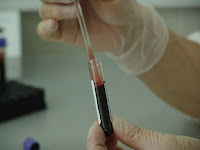
An Alzheimer’s blood test that works before symptoms appear can clear up doubts about memory problems. It can tell the difference between subjective memory problems, such as normal side-effects of aging, versus warning signs of Alzheimer’s.
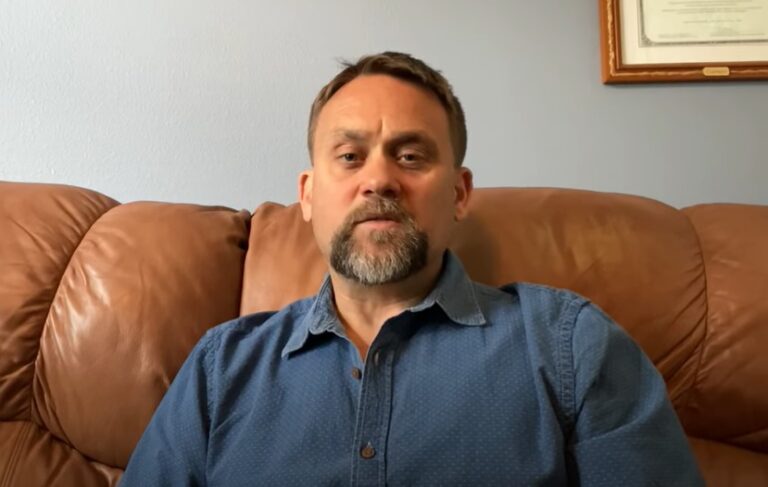
A diagnosis of early-onset Alzheimer’s saved the marriage of Trey and Theresa Pippen, according to Trey.

2 studies connect Alzheimer’s to concussions, and lighter blows to the head to memory loss. How careful can we be? Just how much does it matter?
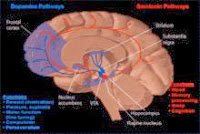
Doctors routinely diagnose and track dementia. “Neuropsychological tests” are non-invasive, using interviews or paper/pen tests. More invasive diagnostics include powerful MRI and PET scans.

Some Alzheimer’s tests cost thousands of dollars, some cost pennies. The trick is using the right tests at the right time for the right person. An excellent scoring system from Mayo Clinic offers a powerful tool for making the best choices.

How do doctors “see” dementia? One way is with brain scans called MRI and fMRI. Doctors also use these scans to help see if it is Alzheimer’s, Vascular, Lewy Body or another type of dementia. An MRI offers a photo of the brain. More amazingly, an fMRI (functional MRI) can give a 3-D video of a living brain. Learn how it works.

Lewy body dementia receives relatively little attention and few research dollars, and often goes undiagnosed. Learn about a kit to do something about it. Watch Mike Belleville share his long journey of misdiagnosis from Alzheimer’s to Lewy body dementia.

Doctors are encouraging people to take advantage of holiday gatherings with relatives to discuss family medical histories. Learn why knowing your family’s medical history can help you avoid repeating past health issues.
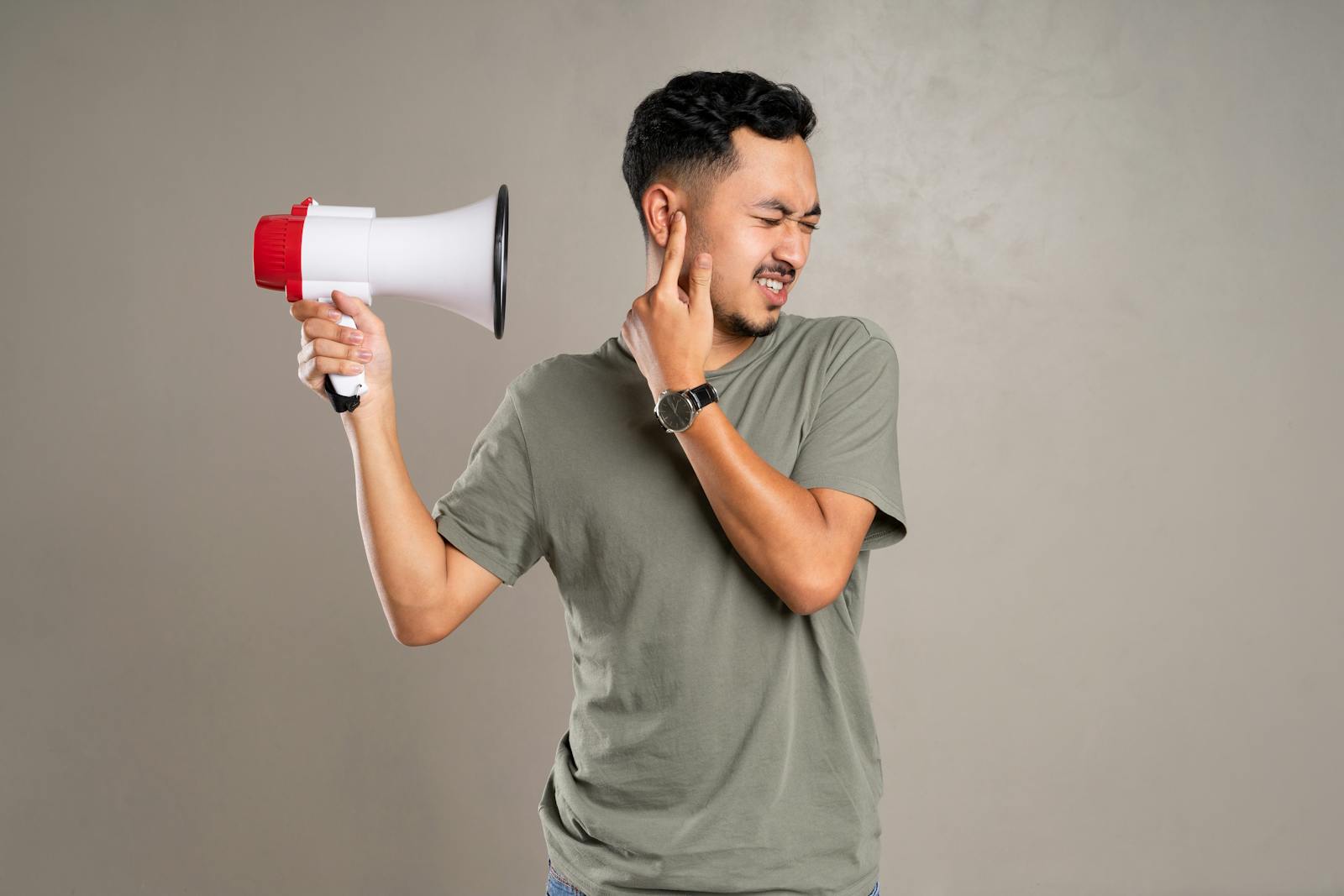
New research from the Framingham Heart Study shows that even mild hearing loss in midlife is linked to early signs of brain aging. The encouraging news: simple steps you take now may help protect memory, thinking skills, and long-term brain health.
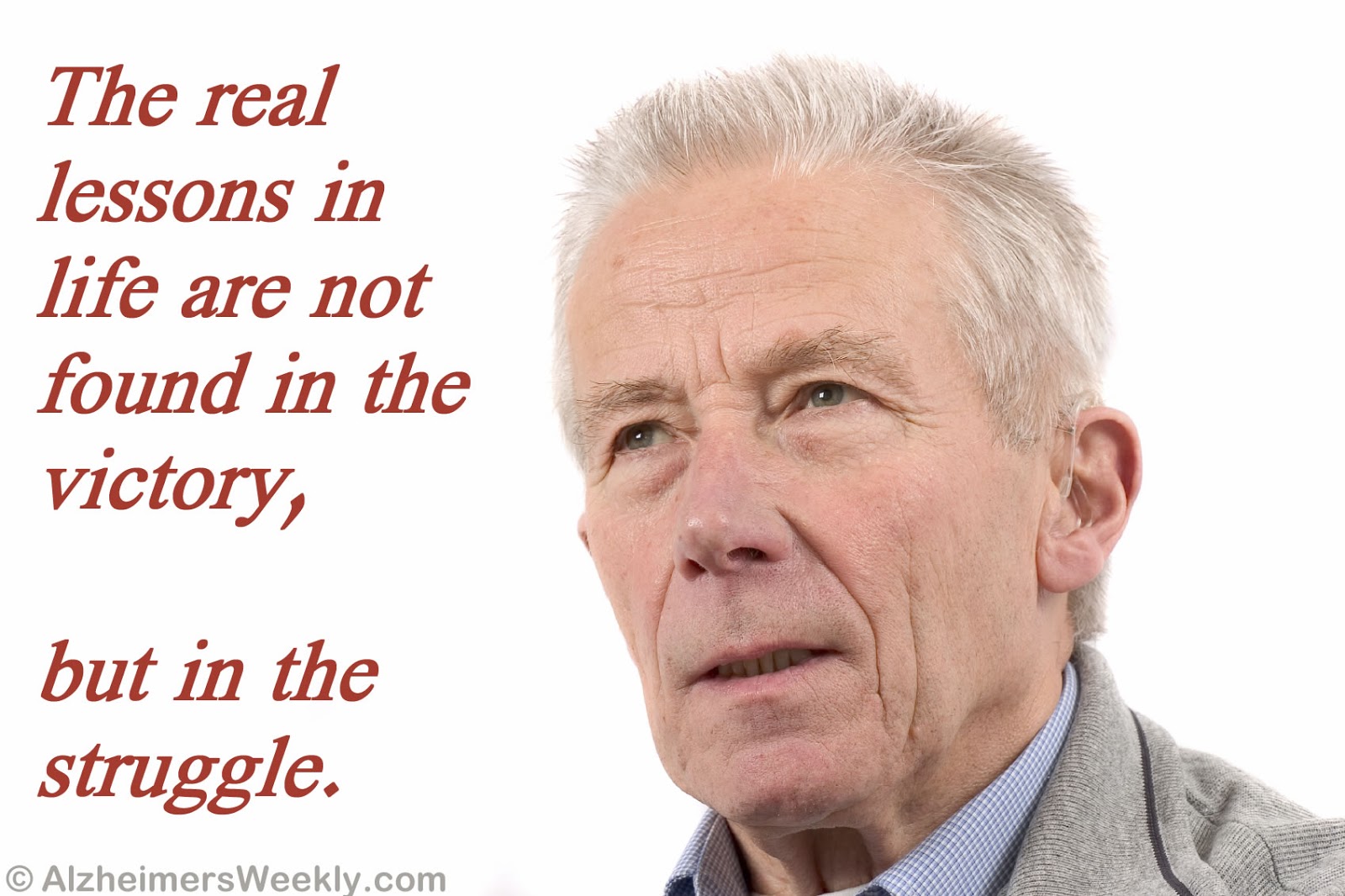
The real lessons in lifeAre not found in the victory,But in the struggle. (See Amazon Merch)

FUNNY VIDEO – HAPPY THANKSGIVING: Mary Maxwell, a diminutive “little old lady,” shines a very funny light on the foibles of aging, to the delight of an audience filled with senior-care experts.

It is one of the most beautiful Compensations of this life thatNo man can sincerely try to help anotherWithout helping himself.
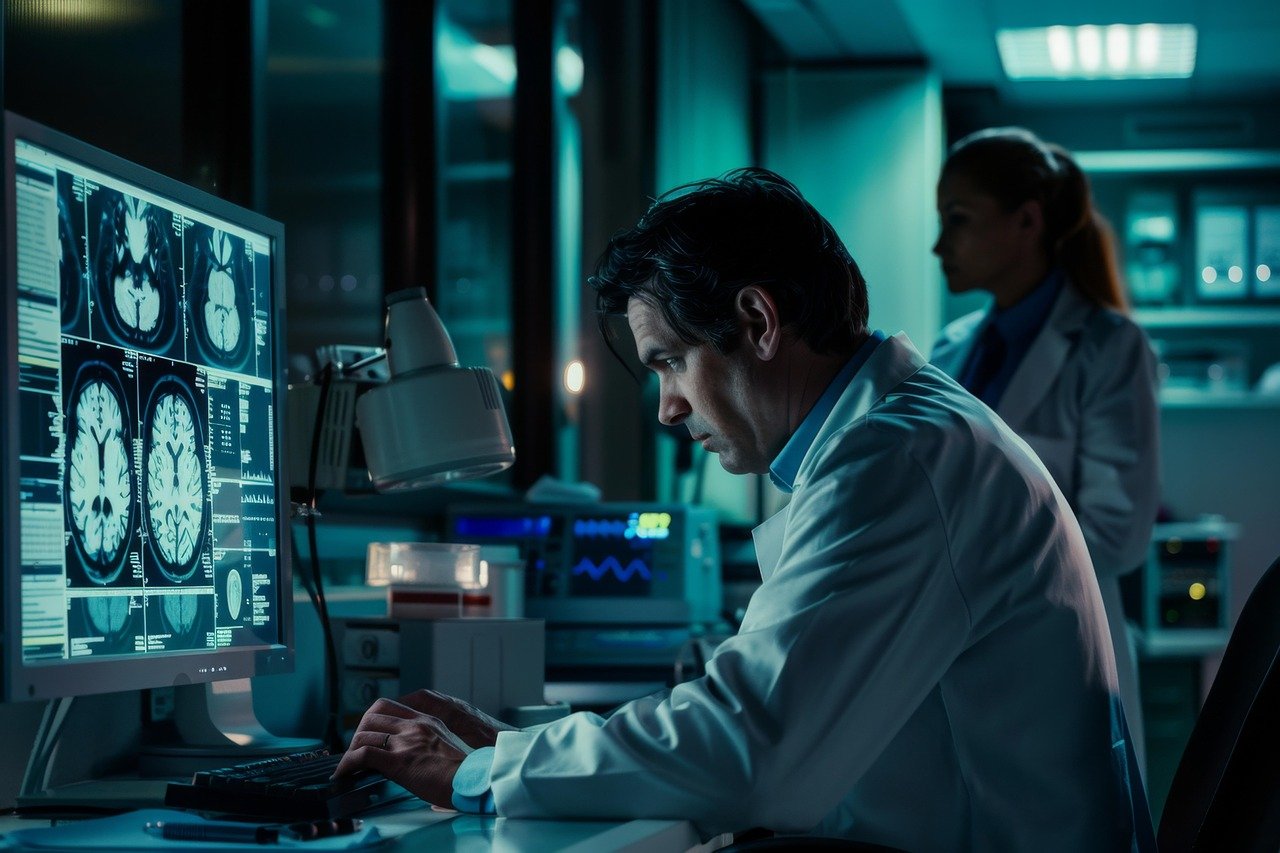
What are the early symptoms of Alzheimer’s? When to get a professional evaluation.

SHORT-TERM MEMORY lapses are obvious signs of Alzheimer’s, but other tell-tale signals begin to show much earlier. Learn how to look for semantic impairments, such as simple questions about size.

Three important dementia studies focus on HS-AGING, a type of dementia almost as common as Alzheimer’s in the 85+ group. Yet few people have heard of it. Why? What makes it different?
No spam, only news and updates.


